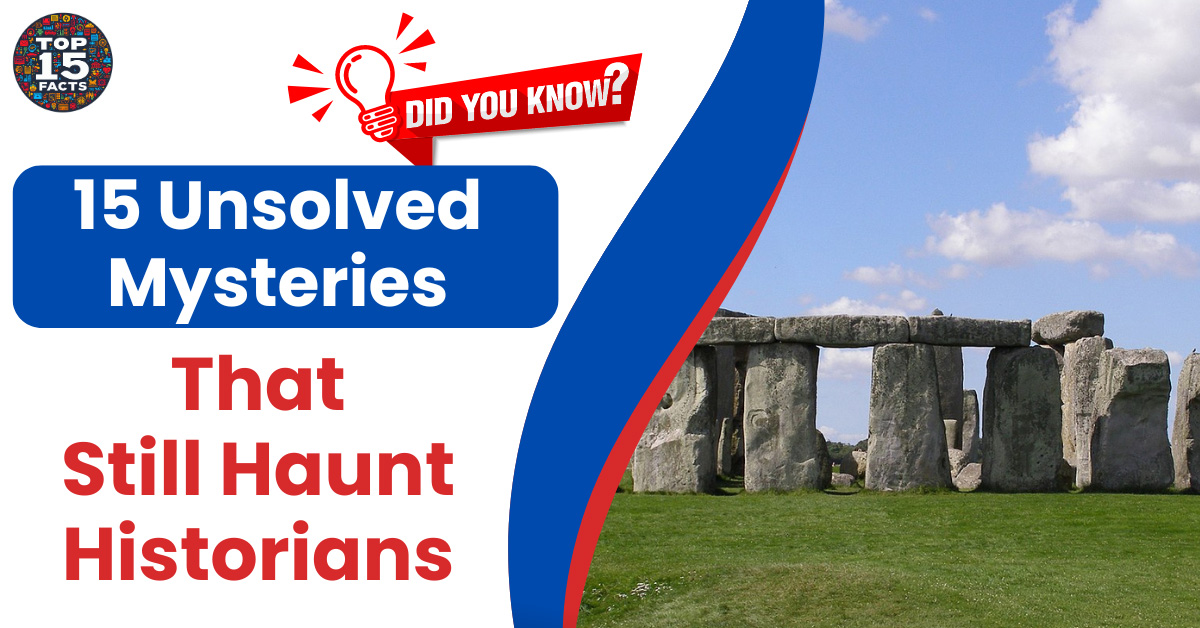Introduction
History is a tapestry woven with solved enigmas and unanswered questions. Some mysteries stand apart, their secrets locked away in the annals of time, taunting historians and captivating the minds of generations. Here, we delve into 15 of the world’s most enduring unsolved mysteries, exploring their origins and pondering the theories that continue to swirl around them.
Top 15 Unsolved Mysteries
- The disappearance of the Roanoke Colony.
- The true identity of Jack the Ripper.
- The fate of the Princes in the Tower.
- The meaning behind the Voynich Manuscript.
- The location of Cleopatra’s tomb.
- The construction of the pyramids of Giza.
- The purpose of Stonehenge.
- The origin of the Nazca Lines.
- The existence of the lost city of Atlantis.
- The truth behind the Bermuda Triangle disappearances.
- The circumstances surrounding the death of Edgar Allan Poe.
- The identity of D.B. Cooper.
- The whereabouts of Amelia Earhart.
- The existence of Bigfoot.
- The phenomenon of UFO sightings.
1. The Disappearance of the Roanoke Colony
In 1587, over 100 English settlers established a colony on Roanoke Island, off the coast of present-day North Carolina. Three years later, the colony had vanished without a trace, leaving only the word “Croatoan” carved into a tree. Theories abound, from assimilation with Native American tribes to a devastating storm, but the fate of the lost colonists remains an enigma.
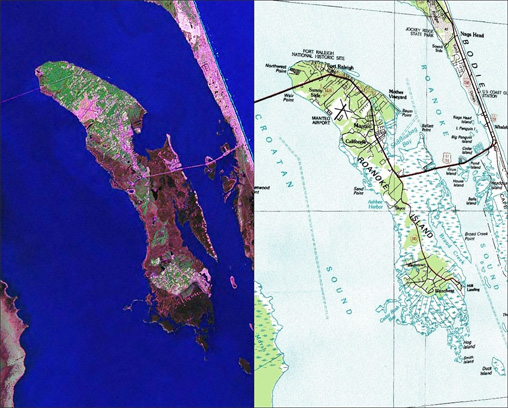
Scientific Research: Archaeological excavations have uncovered artifacts suggesting potential interaction or conflict between the colonists and Native American tribes. Tree-ring analysis indicates a period of severe drought around the time of the disappearance, which may have led to resource scarcity and desperation. DNA analysis may someday help determine if descendants of the Roanoke colonists are present within modern Native American communities.
2. The True Identity of Jack the Ripper
London’s Whitechapel district was terrorized in 1888 by a serial killer known as Jack the Ripper. He brutally murdered at least five women, mutilating their bodies. Despite numerous suspects and theories, the Ripper’s identity has never been conclusively established, making him one of history’s most infamous criminals.

Scientific Research: Modern forensic techniques have been applied to analyze surviving evidence from the crime scenes. DNA analysis of potential Ripper letters could bring suspects one step closer to identification. Advancements in criminal profiling may offer insight into the killer’s psychological makeup and potential motivations.
3. The Fate of the Princes in the Tower
Two young princes, Edward V and his brother Richard of Shrewsbury, were imprisoned in the Tower of London in 1483 by their uncle, who later became King Richard III. The boys were never seen again, sparking centuries of debate about whether they were murdered and by whom.

Scientific Research: In 2012, skeletal remains believed to belong to the Princes were discovered within the Tower of London. Analysis, including carbon dating and DNA testing, could potentially confirm their identities and shed light on how they died.
Read More: 15 Legendary Lost Treasures: Fact, Fiction, and the Hunt Continues
4. The Meaning Behind the Voynich Manuscript
The Voynich Manuscript is a handwritten and illustrated codex in an unknown writing system and language. Filled with botanical, astronomical, and biological diagrams, its meaning and origin have eluded cryptographers and historians for centuries. Some believe it’s a hoax, while others contend it holds profound secrets.

Scientific Research: Carbon dating places the manuscript’s creation in the early 15th century, suggesting it’s not a modern forgery. Statistical analysis of the text reveals patterns consistent with natural language, rather than a random cipher. Botanical experts have attempted to identify the plants depicted, which could offer clues to the manuscript’s geographic origin.
5. The Location of Cleopatra’s Tomb
The final resting place of Cleopatra VII, the last active pharaoh of Ancient Egypt, remains undiscovered. Popular theories suggest her tomb may be submerged beneath the sea near Alexandria or located near the temple of Taposiris Magna. Archaeologists continue the search, hoping to find one of history’s most iconic figures.

Scientific Research: Ground-penetrating radar and advanced underwater survey techniques are used to investigate potential tomb sites. Any artifacts recovered could carry inscriptions or imagery linking them to Cleopatra. Chemical analysis of building materials might even help pinpoint the era of the tomb’s construction.
6. The Construction of the Pyramids of Giza
The sheer size and precision of Egypt’s pyramids, particularly the Great Pyramid of Giza, leave modern engineers perplexed about how ancient Egyptians achieved such feats without advanced technology.
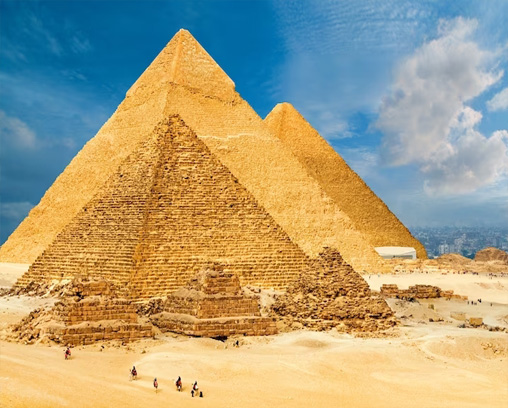
Scientific Research: Archaeological excavations explore quarry sites, revealing the source of the stones and potential extraction methods. Studies of ancient tools and remnants of workers’ settlements provide clues about the labor force and logistical organization involved. Experiments have been conducted to recreate how massive stones might have been transported and lifted.
Read More: 15 Mind-Blowing Facts About Ancient Civilizations
7. The Purpose of Stonehenge
This prehistoric monument in England consists of massive stones arranged in a circular formation. Its intended purpose remains shrouded in mystery, with theories ranging from an astronomical observatory to a sacred healing site.

Scientific Research: Analysis of the alignment of the stones with solstices and other celestial events supports the astronomical theory. Archaeological surveys of the surrounding landscape have revealed burial mounds and other related ritual structures, suggesting that Stonehenge formed part of a broader ceremonial complex.
8. The Origin of the Nazca Lines
Etched into the arid desert plains of Peru, the Nazca Lines are massive geoglyphs depicting animals, geometric shapes, and enigmatic figures. Their purpose and the methods used to create them by the ancient Nazca culture baffle archaeologists.
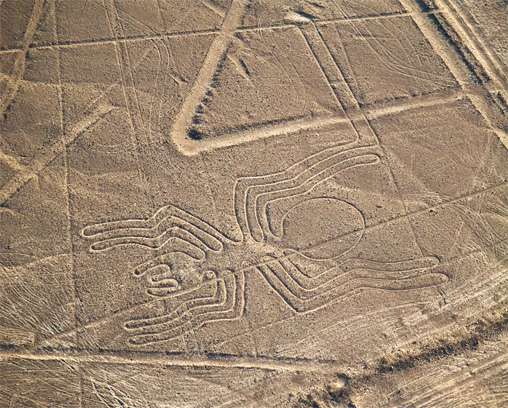
Scientific Research: Aerial surveys and drone technology provide high-resolution images for analysis. Researchers study the astronomical alignments of the geoglyphs, seeking possible connections to celestial events or constellations. Archaeological investigations of nearby settlements offer clues about the Nazca people’s rituals and beliefs.
9. The Existence of the Lost City of Atlantis
Described by the philosopher Plato, Atlantis is a legendary island civilization said to have sunk into the ocean. While most scholars consider it a myth, some are intrigued by potential connections to real-world locations and events.
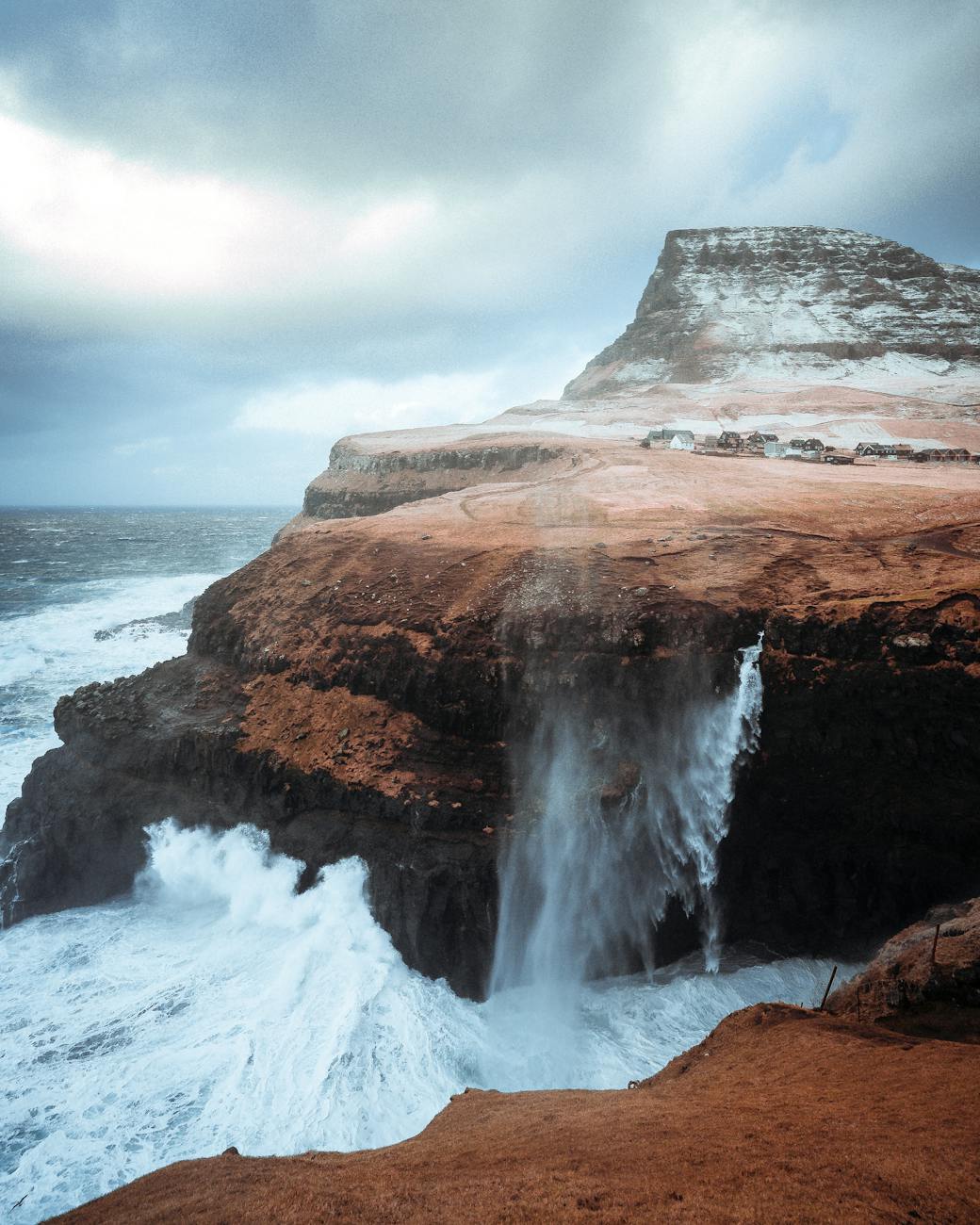
Scientific Research: Oceanographic surveys and sonar scanning explore the ocean floor for geological anomalies or ruins that might match Plato’s descriptions. Studies of ancient sea-level changes and potential tsunami events investigate whether a natural disaster could have led to an island’s disappearance.
Read More: History’s Biggest Turning Points: Myths, Facts, and Unexpected Impacts
10. The Truth Behind the Bermuda Triangle Disappearances
This region of the Atlantic Ocean is notorious for unexplained disappearances of ships and aircraft, fueling speculation about paranormal phenomena or extraterrestrial involvement.
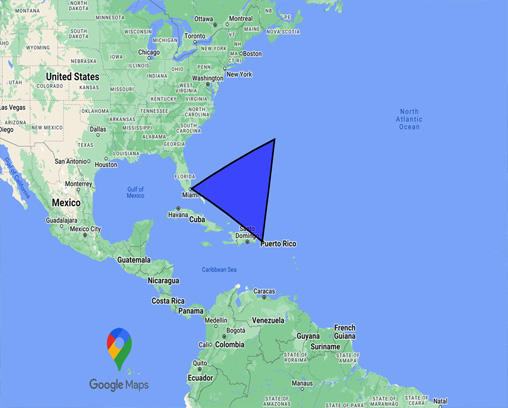
Scientific Research: Meteorologists point to the potential for unpredictable and violent storms within the triangle. Oceanographers suggest the possible role of methane gas eruptions from the seabed, which could disrupt ship buoyancy and cause aircraft crashes. Careful analysis of accident reports often reveals human error and underestimation of natural hazards.
11. The Circumstances Surrounding the Death of Edgar Allan Poe
The master of macabre literature, Edgar Allan Poe, was found delirious and disheveled on the streets of Baltimore in 1849. He died a few days later under mysterious circumstances. Theories range from alcohol poisoning and rabies to a brutal beating.
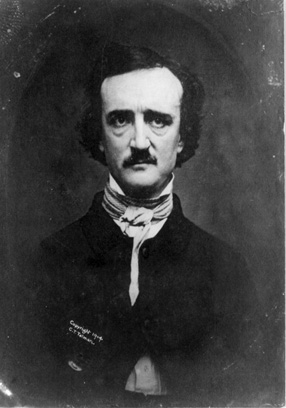
Image Source: poestories
Scientific Research: Modern medical experts have re-examined the symptoms Poe exhibited, suggesting possible alternative diagnoses from conditions like brain tumors to rare diseases. Forensic analysis of any surviving hair samples might reveal the presence of toxins or heavy metal poisoning.
12. The Identity of D.B. Cooper
In 1971, a man using the alias D.B. Cooper hijacked an airplane, extorted $200,000 in ransom, and parachuted into the wilderness of the Pacific Northwest, never to be found. Despite countless tips and investigations, his fate and true identity remain unknown.
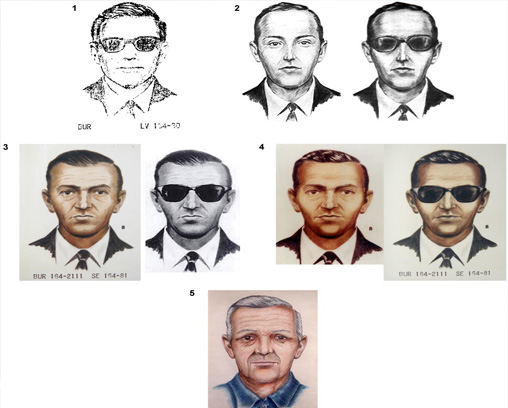
Scientific Research: DNA analysis has been conducted on trace evidence from the hijacked plane, potentially narrowing down the suspect pool. Isotope analysis of the ransom money could help trace its origin and Cooper’s movements. Advancements in facial recognition technology may lead to the identification of potential suspects through old photographs.
13. The Whereabouts of Amelia Earhart
Pioneer aviator Amelia Earhart vanished over the Pacific Ocean in 1937 during her attempt to circumnavigate the globe. Despite extensive search efforts, the wreckage of her plane has never been conclusively located.

Scientific Research: Search teams continue to use sonar and submersible vehicles to probe the ocean depths in areas consistent with Earhart’s last known transmissions. Analysis of historical radio signals and weather patterns help refine potential crash sites. Theories about Earhart crashing on a remote island and possibly surviving for some time have led to searches for evidence of her presence.
Read More: 15 Mind-Blowing Facts About Medieval Times That Will Transport You Back in History
14. The Existence of Bigfoot
Stories of a large, hairy, ape-like creature roaming the forests of North America, known as Bigfoot or Sasquatch, persist in folklore and popular culture. Sightings and footprint evidence remain anecdotal and inconclusive.
Scientific Research: Wildlife biologists point to the lack of verifiable remains or DNA evidence of a large, unknown primate within the regions where Bigfoot sightings occur. Analysis of footprint casts and hair samples often link purported evidence to known animals like bears. Zoologists investigate the likelihood of a reclusive and undiscovered primate species existing within the target habitats.
15. The Phenomenon of UFO Sightings
Reports of unidentified flying objects (UFOs) have been made throughout history, with many people believing them to be evidence of extraterrestrial visitation.

Image Source: britannica
Scientific Research: Most UFO sightings are ultimately explained as misidentifications of natural phenomena, aircraft, or even hoaxes. Government agencies have declassified some investigations conducted on UFO reports, often revealing experimental aircraft testing or meteorological events. Astrophysicists consider the vastness of the universe and the possibility of intelligent life, though conclusive evidence remains elusive.
Conclusion:
This journey into the world of unsolved mysteries highlights the enduring power of the unknown to captivate our imaginations. While science offers tools to investigate these enigmas, often a definitive solution remains tantalizingly out of reach. Yet, the pursuit of answers itself drives innovation, fuels debate, and reminds us of the vastness of knowledge yet to be uncovered.
15 FAQs( Most Ask Questions):
-
What is the most famous unsolved mystery?
There are many contenders, but some of the most enduring and widely discussed include:
The disappearance of the Roanoke Colony
The identity of Jack the Ripper
The fate of Amelia Earhart
The existence of the Loch Ness Monster or Bigfoot -
Are there any unsolved mysteries that have been solved?
Yes! Throughout history, breakthroughs in science and technology have shed light on previously unsolved cases. Some notable examples include:
The identification of King Richard III’s remains found beneath a parking lot in England.
The cracking of the Zodiac Killer’s cipher, although the killer’s identity is still unconfirmed. -
What are some of the strangest unsolved mysteries?
Here are a few that stand out for their bizarre and inexplicable nature:
The Voynich Manuscript, with its unknown language and illustrations.
The “Hum” – a low-frequency sound heard in various locations worldwide, with no identifiable source.
The Tunguska Event – a massive explosion in Siberia in 1908, likely caused by a meteor impact, but with lingering questions about its scale. -
Where can I find reliable information about unsolved mysteries?
Here are some reputable sources:
Historical societies and museums dedicated to specific events or locations.
Smithsonian Magazine (https://www.smithsonianmag.com/) often covers unsolved mysteries with a scientific perspective.
Websites specializing in debunking myths and offering critical analysis of evidence. -
Can I help solve an unsolved mystery?
While it’s unlikely, it’s not impossible! Here’s how you might contribute:
Familiarize yourself with the details of a particular mystery that interests you.
Participate in online forums or communities dedicated to discussing unsolved cases.
If you have specialized skills (like in image analysis or historical research), see if there are ways to volunteer your expertise. -
Why are people so fascinated by unsolved mysteries?
There are several reasons for our enduring fascination:
The thrill of the unknown: Humans are naturally curious and drawn to puzzles. Unsolved mysteries tap into our desire to understand the world around us.
The power of storytelling: Mysteries often have compelling narratives filled with intrigue, speculation, and potential twists.
Hope for answers: The idea that a mystery could eventually be solved keeps the stories alive and fuels further investigation. -
Are any unsolved mysteries likely to be solved in the future?
It’s impossible to say for sure, but some mysteries seem more likely than others to find a resolution. Factors that increase the odds include:
New evidence: The discovery of a lost artifact, a forgotten document, or previously unanalyzed clues can significantly change the landscape of a mystery.
Advances in technology: Forensic science, DNA analysis, and powerful imaging tools are providing new ways to examine old evidence. -
What are some good books or documentaries on unsolved mysteries?
Here are a few recommendations to get you started:
Books:
“The Code Book” by Simon Singh (explores the history of cryptography and includes a section on the Voynich Manuscript)
“The Monster of Florence” by Douglas Preston (delves into the real-life mystery of a serial killer in Italy)
Documentaries:
“Unsolved Mysteries” (the classic TV series with numerous episodes covering a wide range of cases)
“BuzzFeed Unsolved” (a popular web series offering a mix of true crime and supernatural mysteries) -
Can unsolved mysteries be dangerous?
In some instances, yes. Here’s why:
Obsession: People can become overly fixated on a mystery, neglecting real-life responsibilities or making risky decisions in attempts to “solve” the case.
Conspiracy theories: Unsolved mysteries are breeding grounds for unsubstantiated theories, which can sometimes lead to harmful distrust or accusations.
Exploitation: The enduring interest in unsolved cases can be exploited for financial gain, with misleading information or fraudulent claims being promoted. -
Is it okay to be skeptical about unsolved mysteries?
Absolutely! Maintaining a healthy dose of skepticism is crucial. Always consider the source of information, look for verifiable evidence, and be aware of potential biases in the presentation of a mystery.
-
Do scientists believe in unsolved mysteries like Bigfoot or UFOs?
The scientific community generally approaches these types of mysteries with a high degree of skepticism. Scientists require rigorous evidence and repeatable experiments to support a claim. While most scientists wouldn’t dismiss the possibility of unexplained phenomena outright, they are unlikely to accept anecdotal evidence or extraordinary claims without extraordinary proof.
-
What’s the difference between a mystery and a conspiracy theory?
A mystery is a situation where crucial information is missing, leading to questions and multiple possible explanations. A conspiracy theory usually involves the belief that a powerful group is intentionally hiding the truth behind an event for their own benefit. Many unsolved mysteries inspire conspiracy theories, but it’s important to distinguish between speculation and evidence-based investigation.
-
How can I tell if a source of information about unsolved mysteries is credible?
Here are some key things to look for:
Reputation: Is the website, author, or documentary produced by a reputable institution or recognized expert?
Evidence: Are claims backed up by verifiable sources, such as historical documents, scientific studies, or witness testimonies?
Transparency: Does the source acknowledge alternative theories or potential weaknesses in their arguments?
Avoid sensationalism: Be wary of sources that use overly dramatic language or promote unverified “secret” knowledge. -
Are there any ethical considerations around unsolved mysteries?
Yes, definitely! Here are a few to keep in mind:
Respect for victims: When mysteries involve tragedies or crimes, it’s essential to be sensitive to the families and others impacted.
Avoiding harmful speculation: Spreading misinformation or unfounded accusations can damage reputations and hinder investigations.
Responsible sharing of information: Be mindful of disclosing private or potentially harmful information that has no bearing on solving the mystery itself. -
Where’s the line between healthy curiosity about unsolved mysteries and unhealthy obsession?
Here are a few warning signs that your interest might be crossing into unhealthy territory:
Neglecting other aspects of your life: If you find yourself spending excessive time researching a mystery to the detriment of work, relationships, or self-care, it’s time to take a step back.
Experiencing significant anxiety or distress: If a mystery is causing you significant worry or fear, it might be helpful to take a break from engaging with it.
Losing perspective: If you find yourself firmly believing in one theory to the exclusion of all others or unable to accept the possibility that a mystery may remain unsolved, it’s time to reassess your approach.

